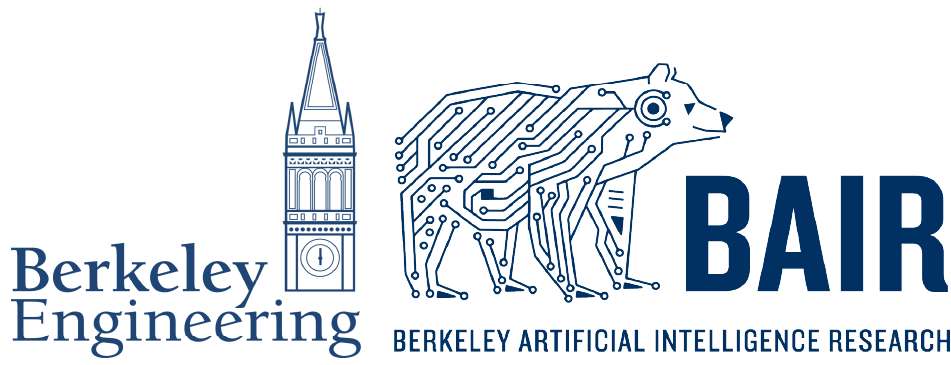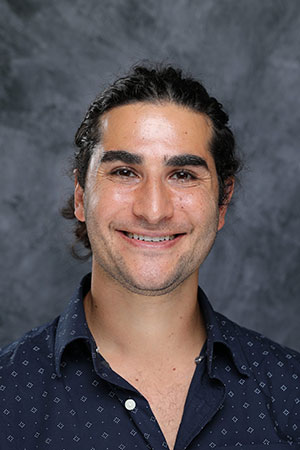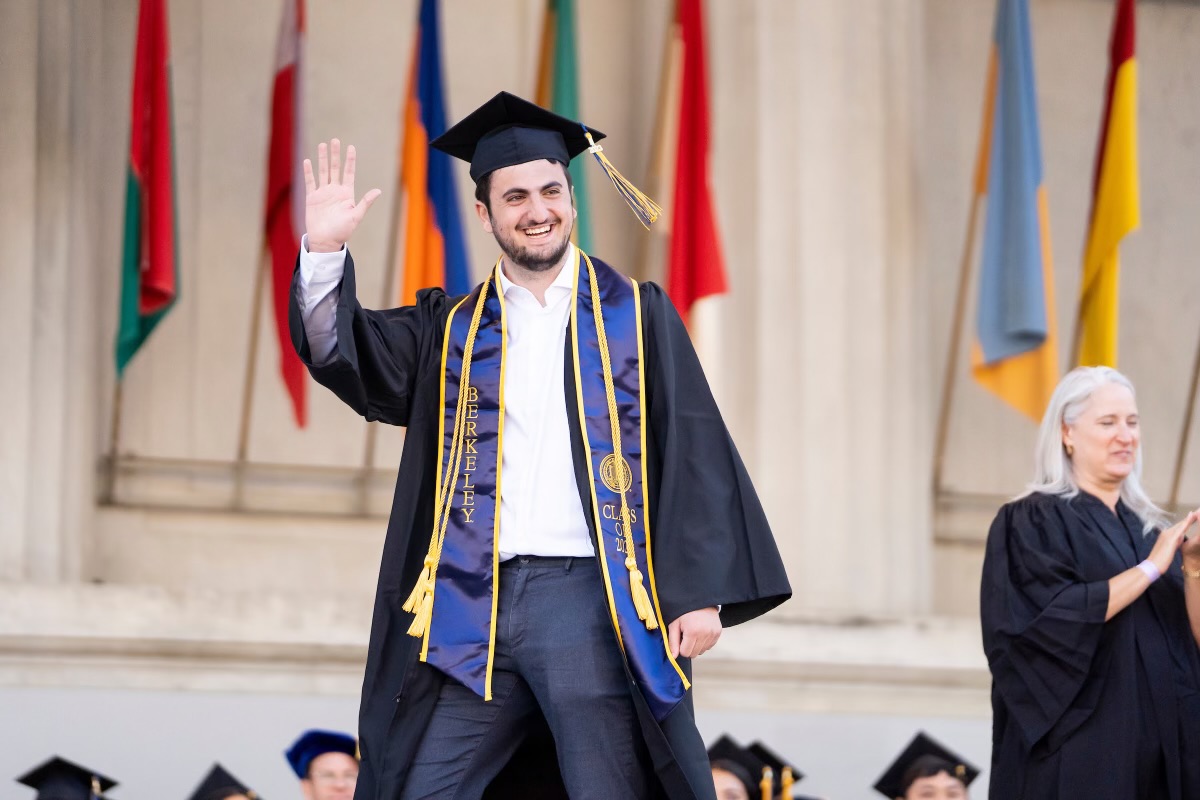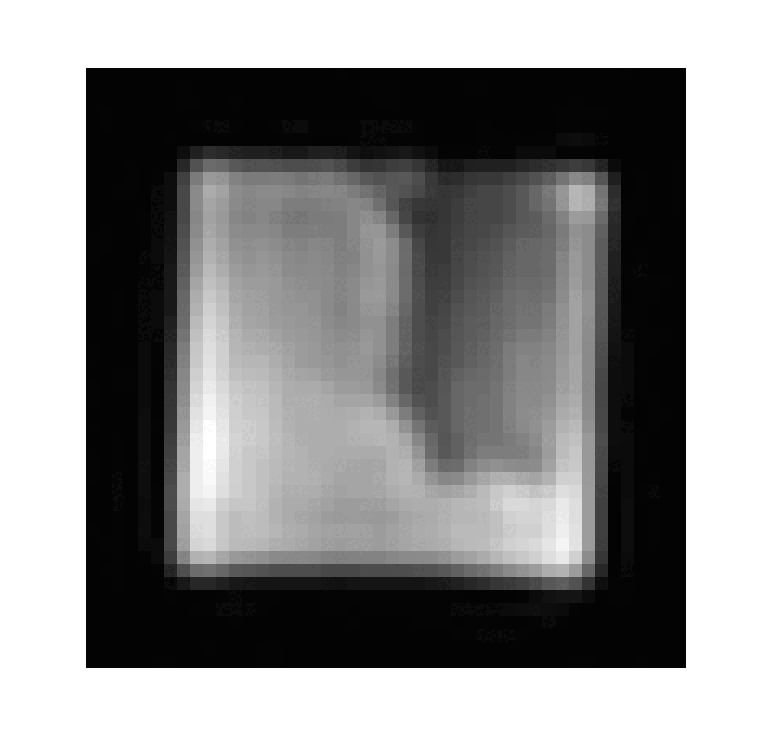Research
We’re pushing the boundaries of what MRI can do. By blending artificial intelligence, computational imaging, and breakthrough hardware, we’re working to make MRI scans faster, safer, and more insightful than ever before.
Our approach brings together two worlds. First, we invent new ways to capture data through smarter acquisition strategies, next-generation hardware, realistic phantoms, or wearable and implantable sensors that open up fresh possibilities inside the scanner. Then, we take on the challenge of reconstruction, turning raw signals into high-quality images with advanced algorithms.
By combining bold ideas in acquisition, sensing, hardware, and computation, we’re redefining how MRI serves both science and medicine
Research Projects
Advanced Acquisition Methods
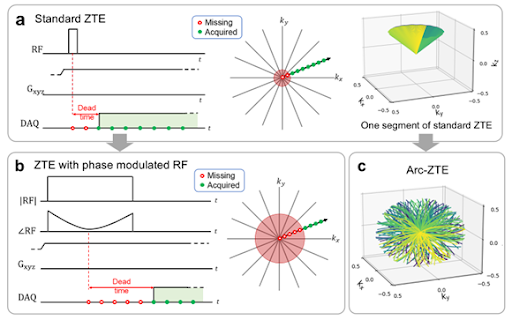
Quiet MRI
Our research develops upon standard ZTE to enable (i) quiet T1-weighted imaging and (ii) quiet, dynamic imaging with flexible temporal resolution.
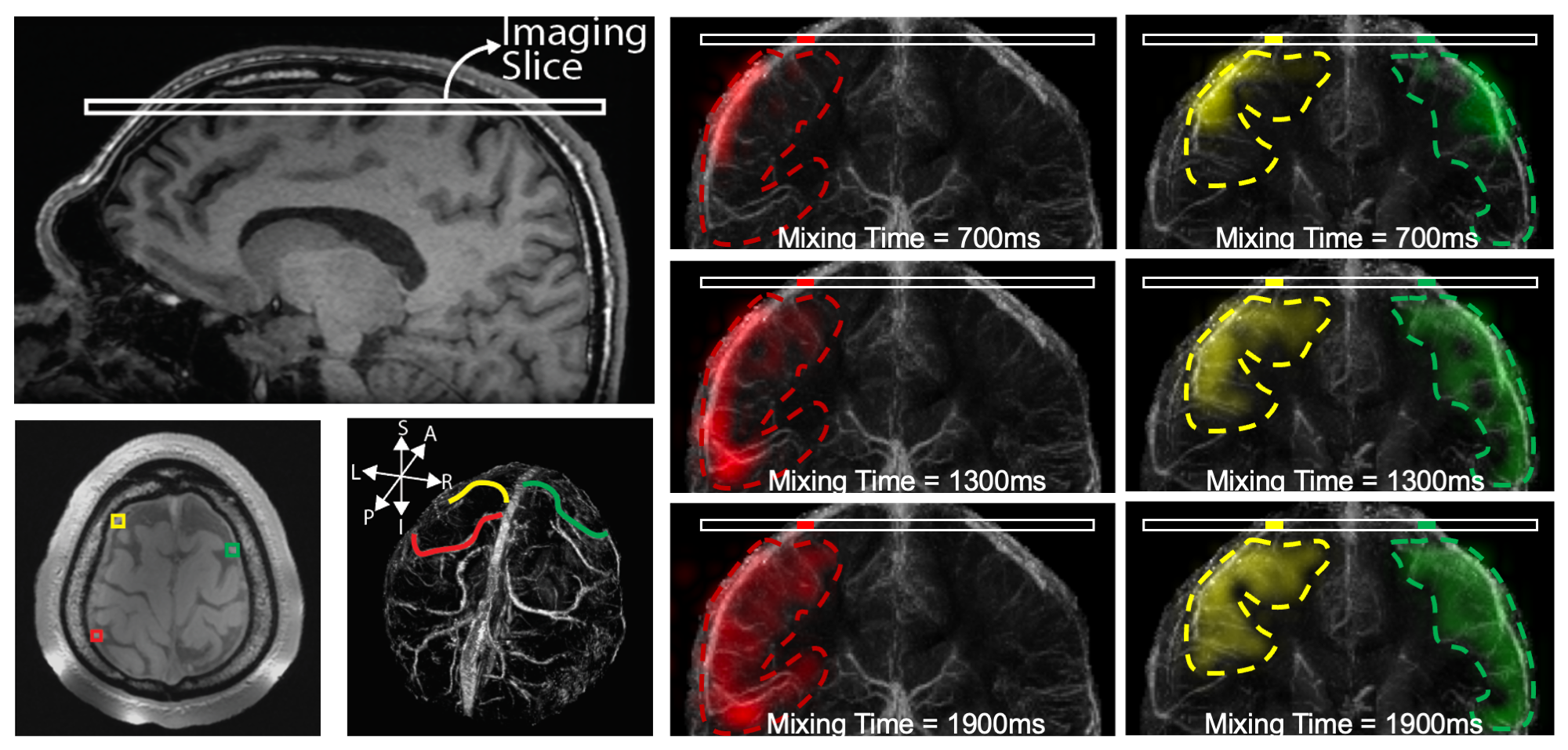
DiSpect
Our research focuses on developing a non-contrast MRI method, Displacement Spectrum Imaging (DiSpect), to trace blood flow sources using blood water as an endogenous MRI tracer.
Advanced Reconstruction Methods
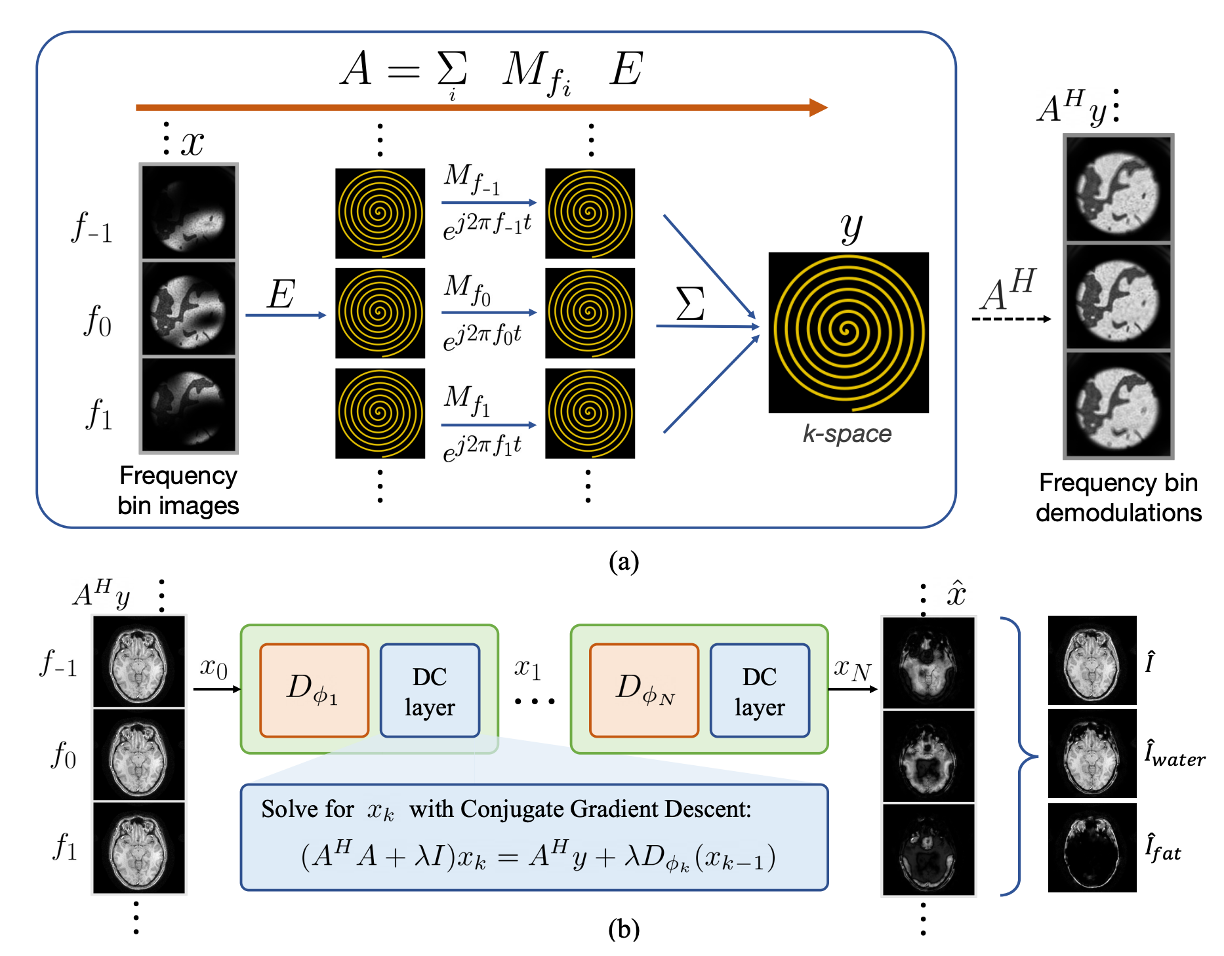
Physics Informed Off-Resonance Correction
Our research focuses on a physics-informed deep learning framework that corrects off-resonance artifacts in non-Cartesian MRI trajectories by training exclusively on synthetic noise-like data, enabling efficient spiral imaging without the blurring effects caused by magnetic field inhomogeneities.
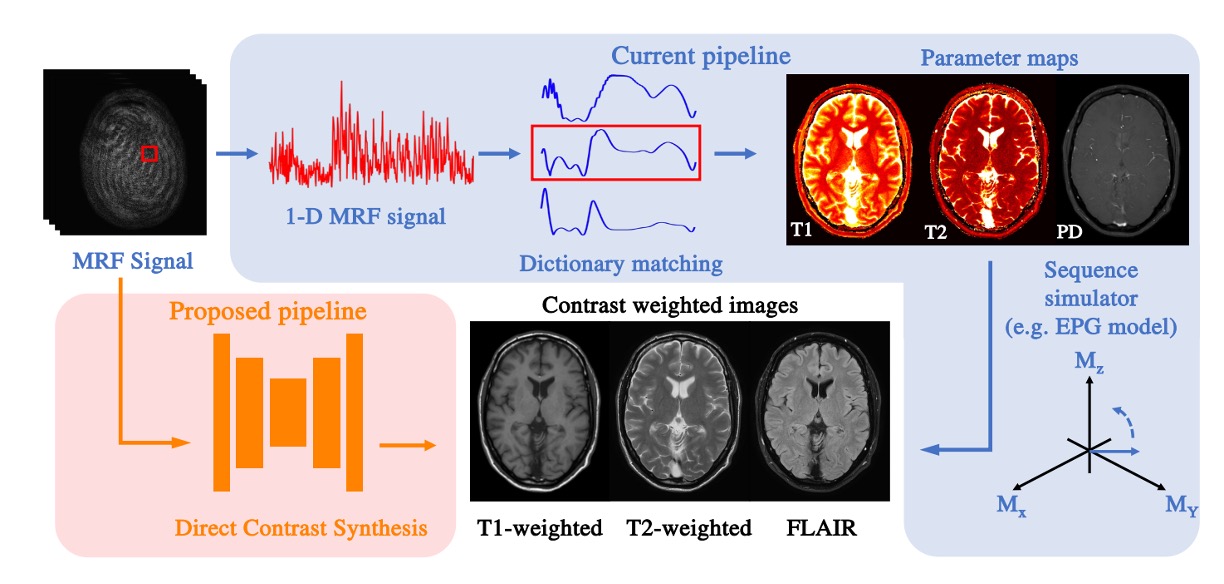
MR Fingerprinting Direct Contrast Synthesis
Our research focuses on a supervised learning-based method that directly synthesizes contrast-weighted images from the Magnetic Resonance Fingerprinting (MRF) data without performing quantitative mapping and spin-dynamics simulations.
MRI Hardware
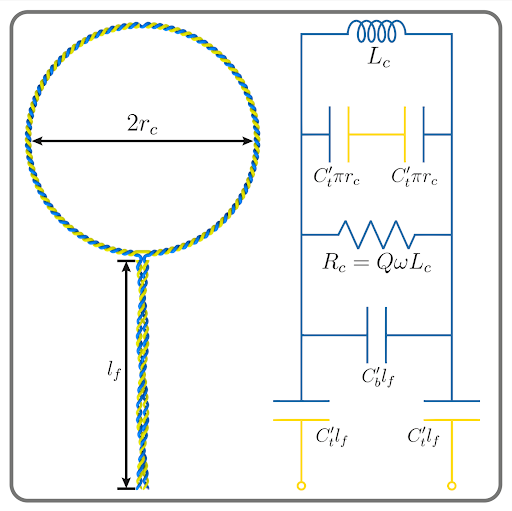
Conformal Receiver Coils
We design ultra-thin, conformal MRI coils to boost image quality, comfort, and neuroimaging using advanced fabrication methods.
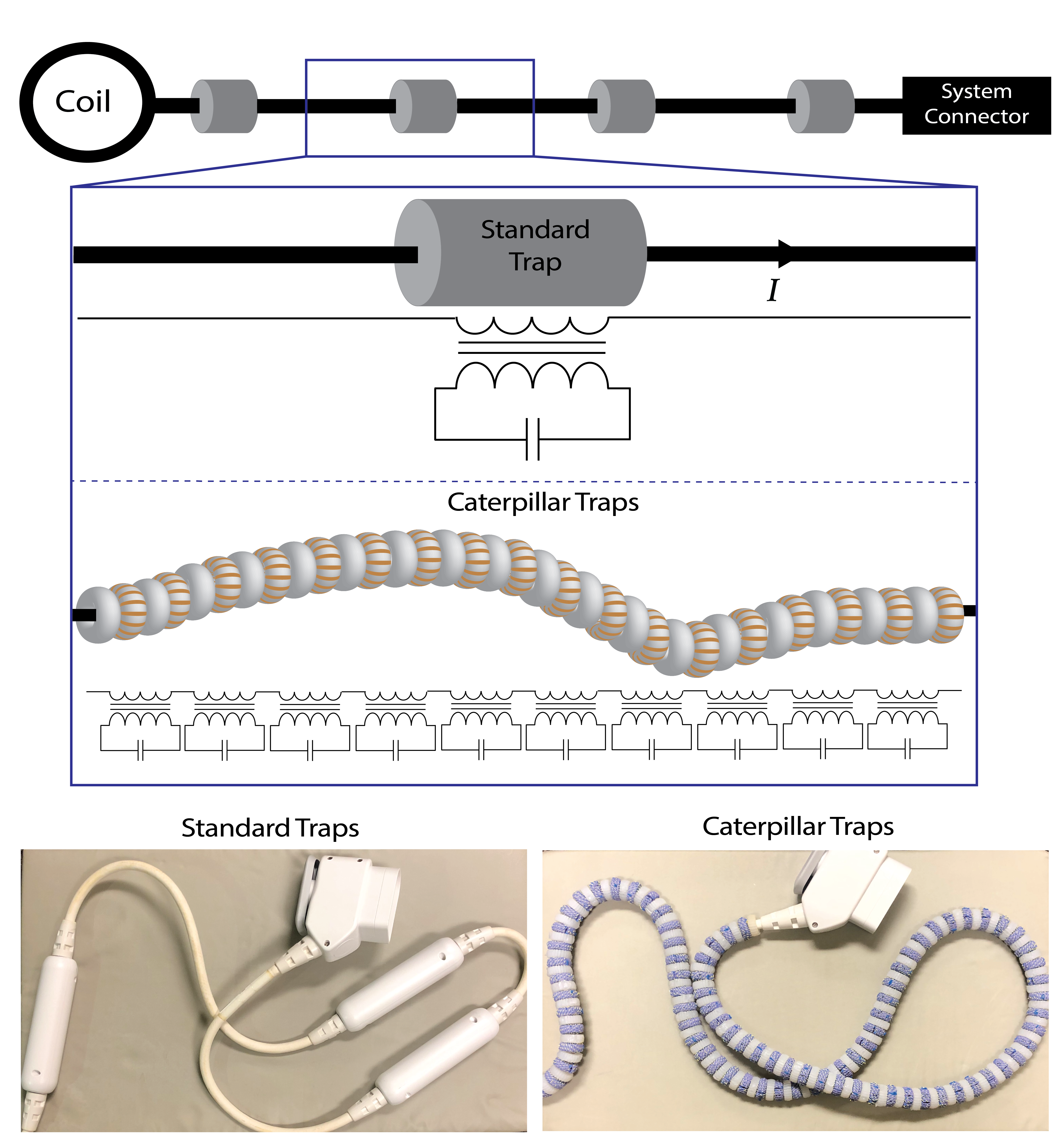
Caterpillar Traps
We address the challenge of RF coupling and safety hazards in long MRI coil cables by introducing flexible “caterpillar traps”, a distributed array of resonant toroids that provide high blocking efficiency and cable flexibility, outperforming traditional stiff traps.
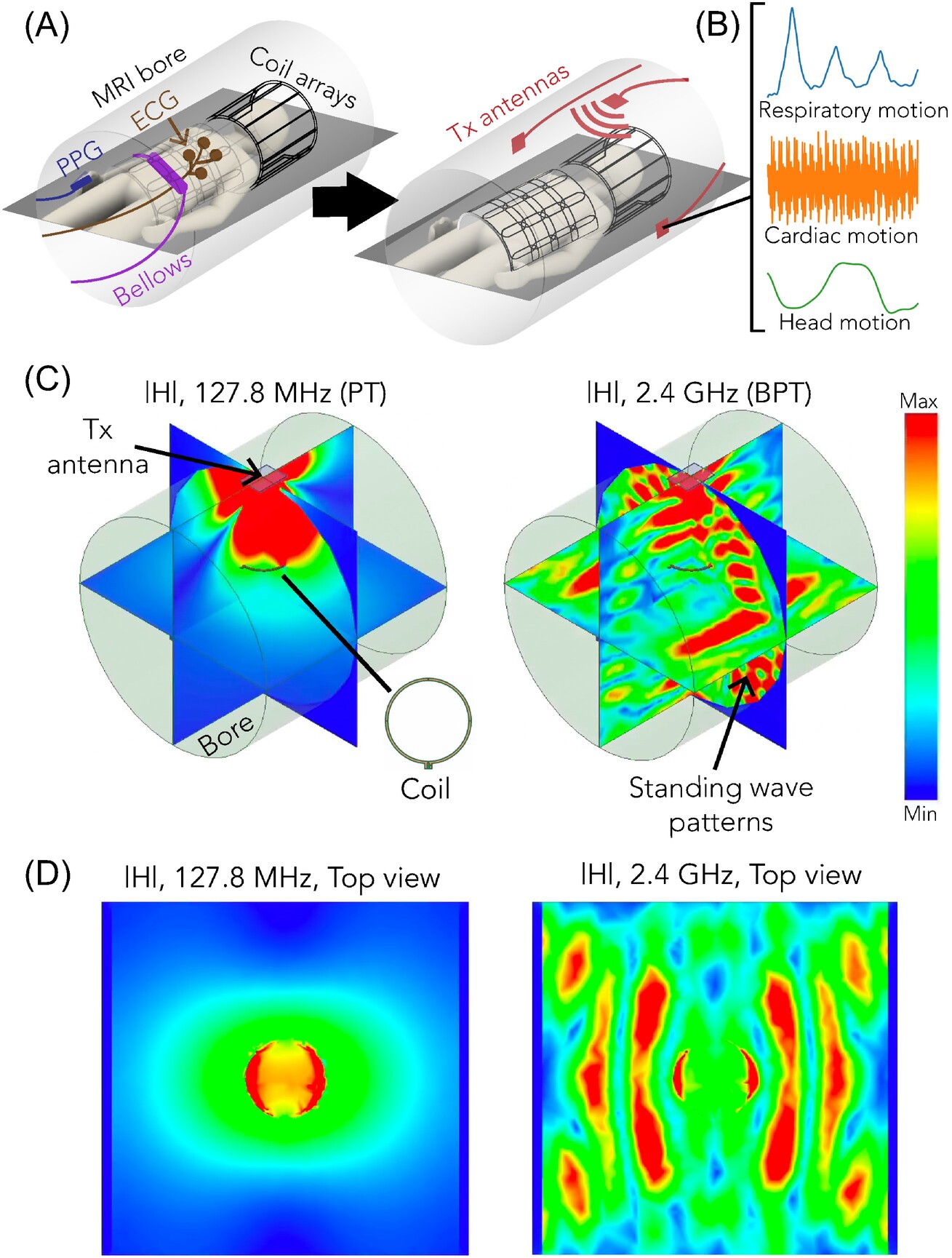
Beat Pilot Tone (BPT)
Our research focuses on developing Beat Pilot Tone (BPT), an enhanced RF-based motion sensing method that uses dual-frequency tones mixed through receiver nonlinearity to provide superior motion sensitivity and physiological motion discrimination for MRI artifact correction.
MRI Phantoms
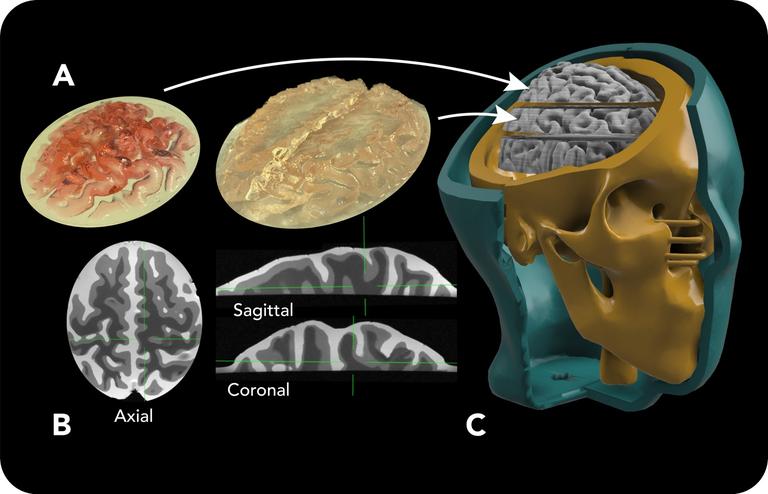
QPhantom
We are developing quantitative MRI phantoms with realistic anatomical geometry and biological contrast values, enabling more precise calibration, faster technological development, and safer validation of imaging methods compared to traditional simple-geometry phantoms.

